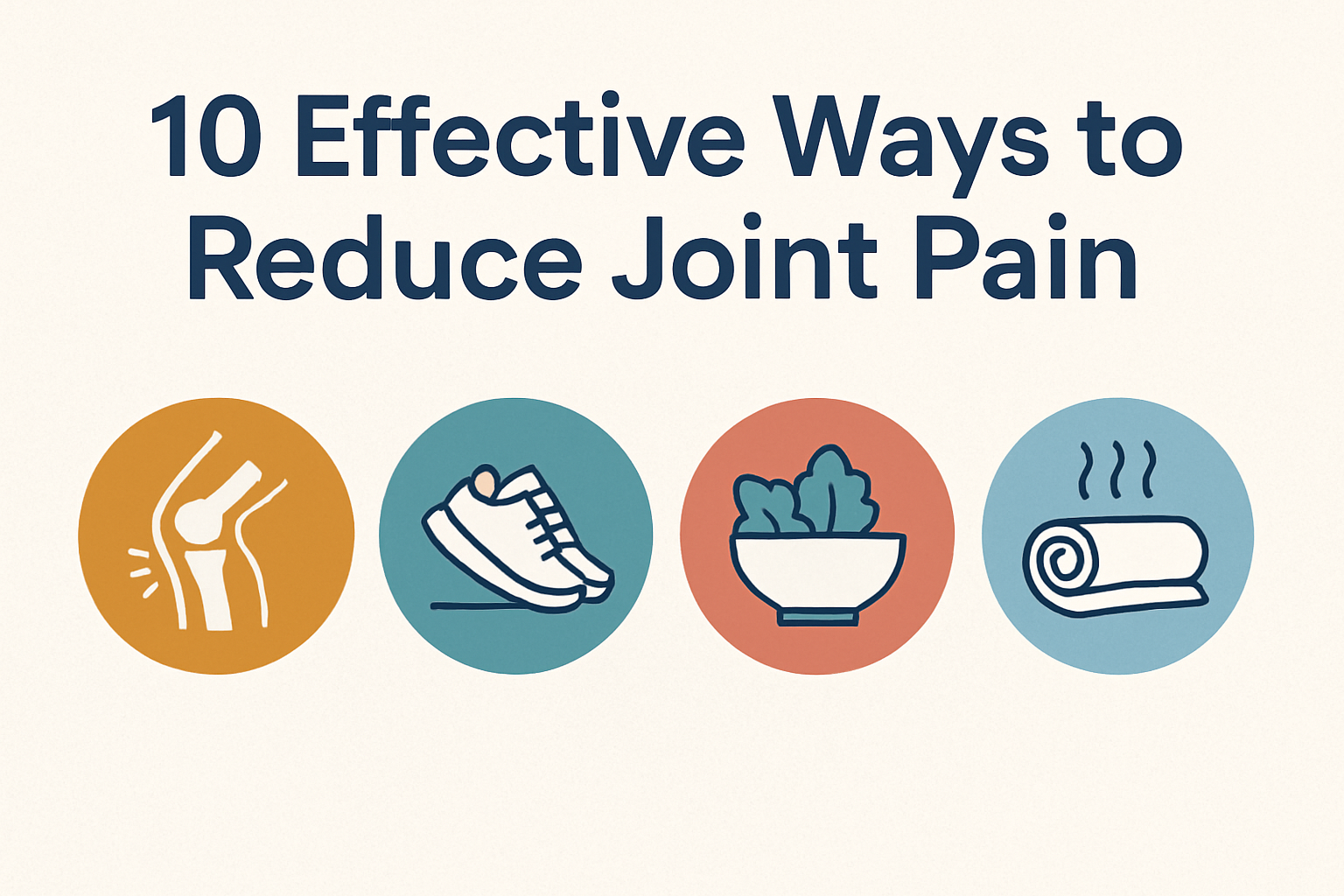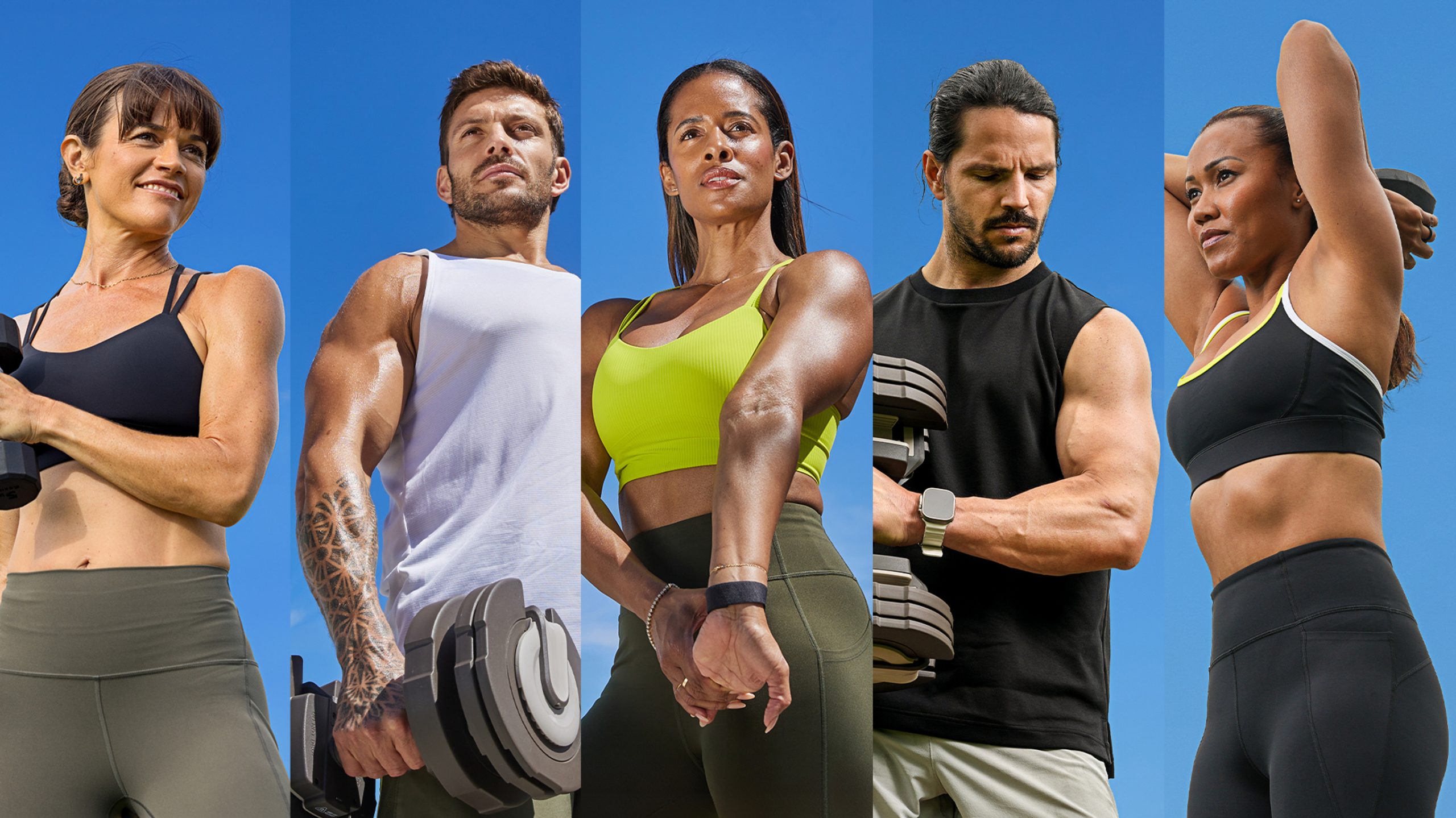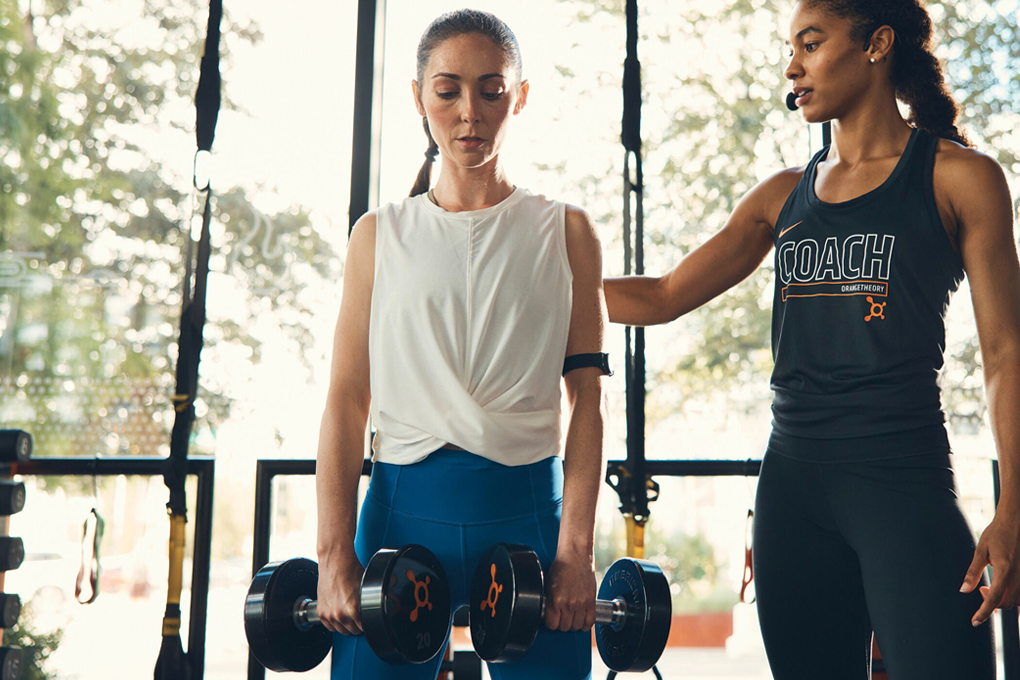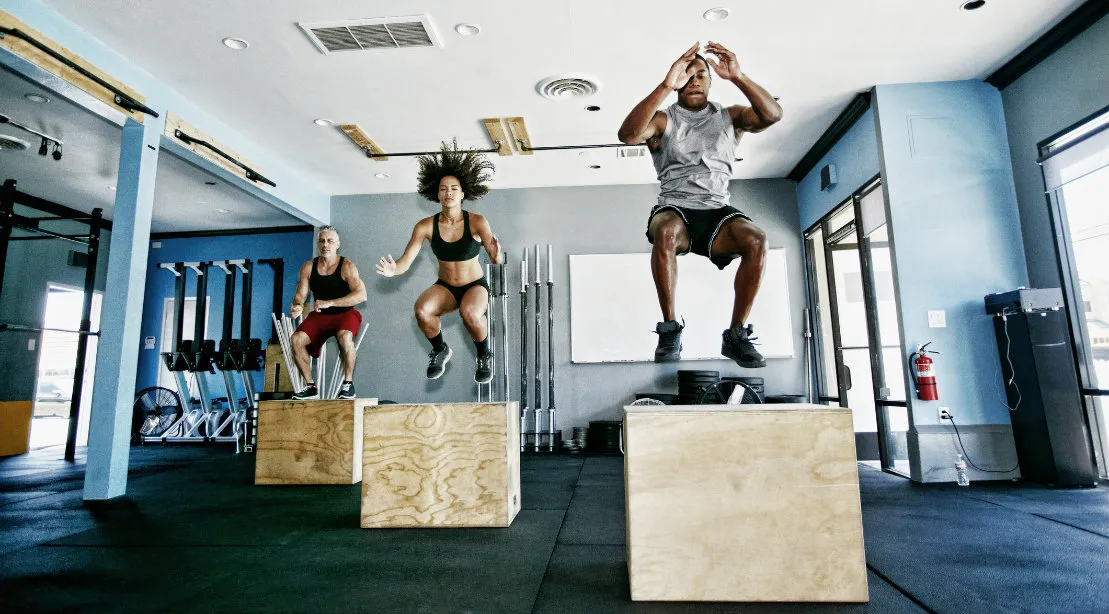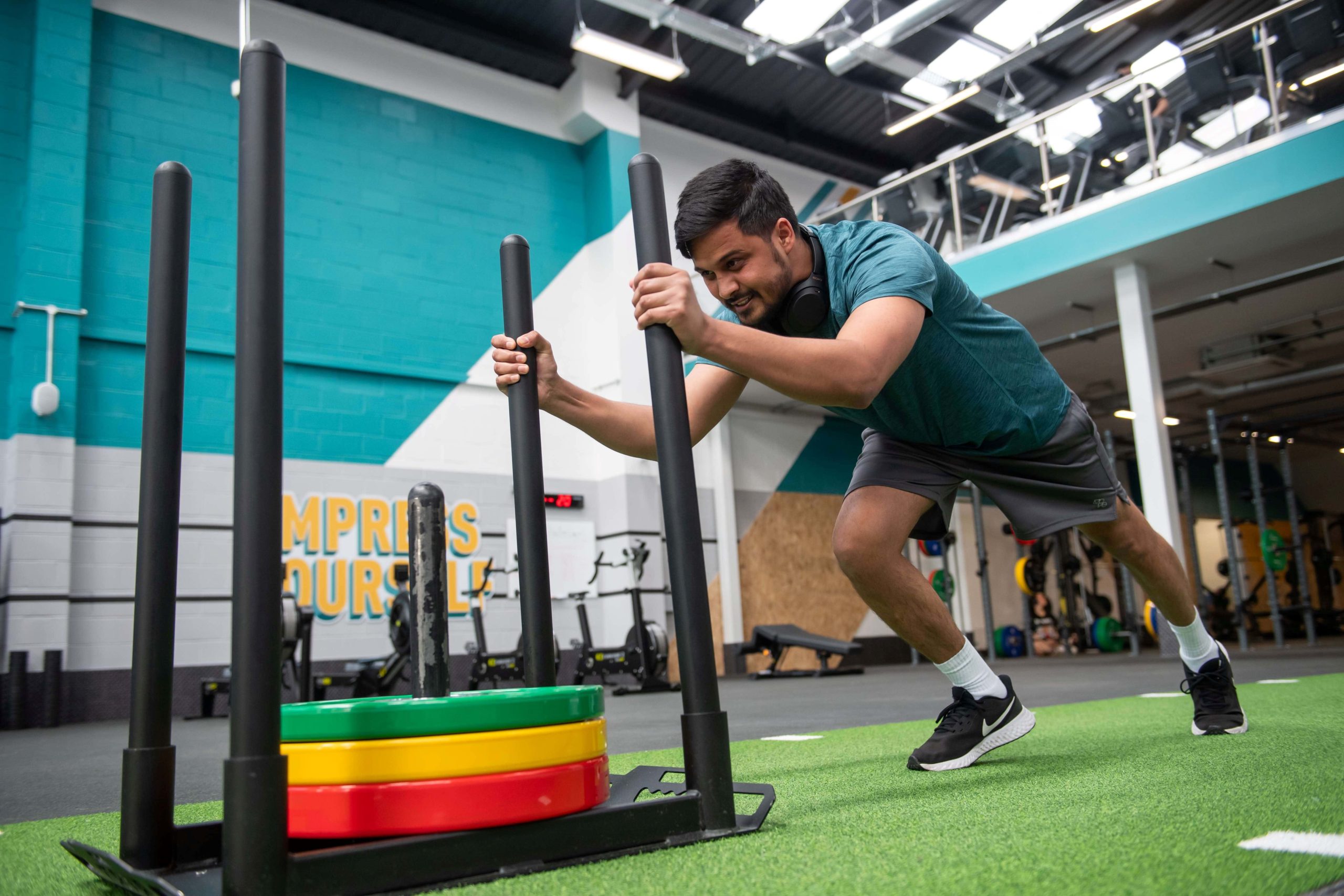Introduction
Joint pain is a common issue that affects millions of people worldwide. Whether it stems from aging, arthritis, injury, or chronic inflammation, joint discomfort can interfere with your quality of life and daily activities. The good news? There are several natural and evidence-based ways to reduce joint pain, improve mobility, and support long-term joint health. In this article, we’ll explore 10 practical strategies to help you manage and ease joint pain — without relying solely on medication.
1. Stay Active with Low-Impact Exercise
Exercise might seem counterintuitive when you’re in pain, but gentle movement is one of the best things you can do for your joints. Low-impact exercises like walking, swimming, cycling, or yoga help:
- Increase circulation to joints
- Strengthen muscles that support your joints
- Improve flexibility and range of motion
Aim for at least 30 minutes of gentle activity most days of the week. Always consult a healthcare professional before starting a new routine, especially if you’re experiencing significant pain or have a condition like osteoarthritis.
2. Maintain a Healthy Weight
Extra weight puts additional pressure on weight-bearing joints like your hips, knees, and back. In fact, every pound of excess weight can add up to 4 pounds of pressure on your knees. Maintaining a healthy body weight can:
- Reduce stress on your joints
- Decrease inflammation
- Slow down joint damage progression
Even modest weight loss can lead to noticeable relief if you’re overweight.
3. Follow an Anti-Inflammatory Diet
Inflammation is a key contributor to joint pain. Eating an anti-inflammatory diet can help reduce swelling and stiffness. Focus on whole, nutrient-rich foods such as:
- Fatty fish like salmon and sardines (rich in omega-3s)
- Colorful fruits and vegetables
- Whole grains like quinoa and brown rice
- Nuts and seeds
- Olive oil
Avoid processed foods, excessive sugar, red meats, and refined carbohydrates, which can increase inflammation.
4. Use Hot and Cold Therapy
Simple temperature treatments can go a long way in easing joint discomfort.
- Heat therapy helps increase blood flow and relax muscles. Try warm showers, heating pads, or warm towels.
- Cold therapy can reduce inflammation and numb sharp pain. Use cold packs or a bag of frozen peas wrapped in a cloth.
Apply for 15–20 minutes at a time and alternate depending on your symptoms.
5. Take Joint-Supporting Supplements
Some supplements have shown promise in promoting joint health and reducing inflammation:
- Glucosamine and chondroitin: These compounds may help rebuild cartilage and slow joint degeneration.
- Turmeric (curcumin): A powerful anti-inflammatory agent with strong pain-relieving properties.
- Omega-3 fatty acids: Found in fish oil, they may reduce morning stiffness and joint tenderness.
- Collagen: Supports cartilage repair and improves joint function.
Always talk to your doctor before starting new supplements.
6. Practice Good Posture
Poor posture can strain your joints and contribute to chronic pain, especially in the back, hips, and neck. Practice:
- Sitting upright with shoulders relaxed and aligned
- Standing tall with your head in a neutral position
- Lifting objects with your legs, not your back
Use ergonomic furniture and take breaks if you sit or stand for long periods.
7. Stretch and Strengthen Your Muscles
Stretching helps keep your muscles flexible and joints aligned, while strength training builds the muscles that support your joints. Try:
- Daily stretching routines (especially in the morning or after activity)
- Resistance bands or light weights
- Pilates or strength-focused yoga
Focus on balanced muscle development to prevent imbalances that can worsen joint pain.
8. Get Quality Sleep
Lack of sleep can increase your sensitivity to pain and worsen inflammation. Prioritize restful sleep by:
- Sticking to a consistent sleep schedule
- Creating a cool, dark, quiet sleeping environment
- Avoiding screens and heavy meals before bedtime
Good sleep helps your body repair and recover, which is essential for joint health.
9. Consider Physical or Occupational Therapy
A trained therapist can tailor exercises to strengthen your joints, teach you safe movement patterns, and improve your range of motion. Occupational therapists can also recommend tools (like braces or ergonomic tools) to make everyday tasks easier and less painful.
10. Manage Stress
Chronic stress can increase the body’s production of inflammatory chemicals, worsening joint pain. Mind-body techniques like:
- Meditation
- Deep breathing
- Tai chi
- Guided relaxation
…can help calm the nervous system and reduce pain perception.
Final Thoughts
Joint pain doesn’t have to be something you simply “put up with.” By taking a proactive, holistic approach, you can significantly reduce pain, restore mobility, and improve your overall quality of life. From diet and exercise to posture and stress management, each small change adds up to long-term joint health.
Always consult a healthcare provider if your joint pain persists, worsens, or interferes with your daily life — early treatment can prevent more serious issues down the road.
